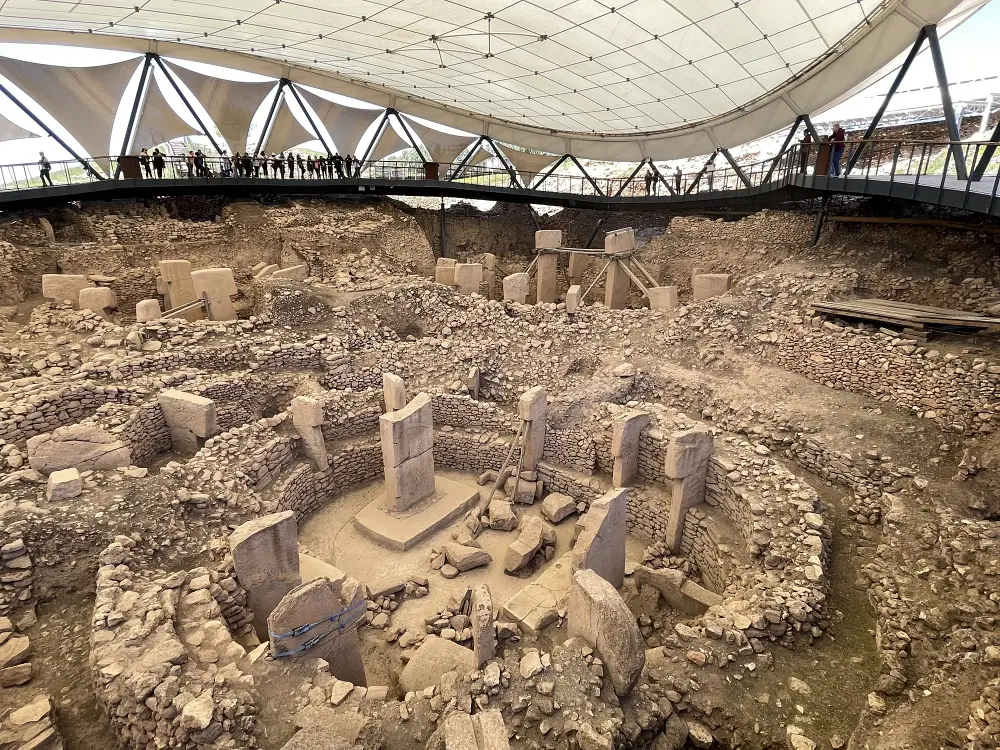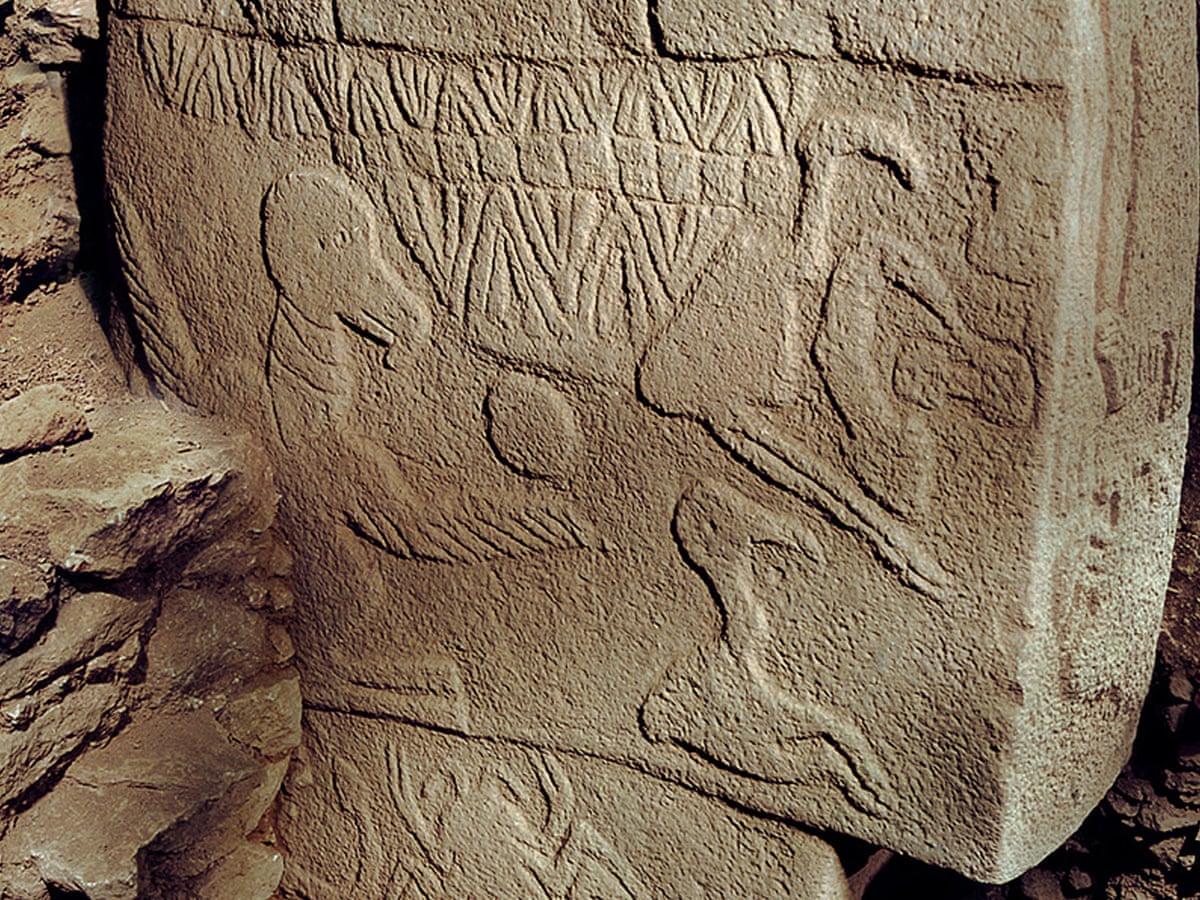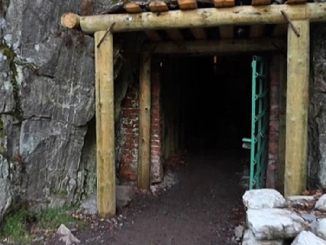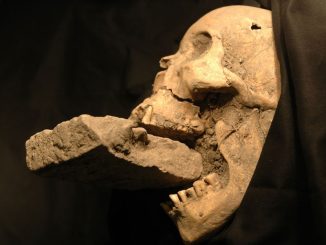Nestled amidst the rugged landscapes of present-day Turkey lies Göbekli Tepe, an archaeological marvel that challenges our understanding of human civilization. This ancient site, dating back over 11,000 years, predating the invention of pottery and agriculture, stands as a testament to the ingenuity and complexity of our ancestors. In this article, we embark on a journey to uncover five remarkable revelations unearthed at Göbekli Tepe, shedding light on a chapter of history that defies conventional wisdom and reshapes our perception of the past.
Sophisticated Monumental Architecture
Göbekli Tepe comprises a series of massive stone pillars arranged in circular enclosures, intricately carved with depictions of animals and symbols. What sets this site apart is not just its age but the sophistication of its construction. The precision with which these monumental structures were erected suggests advanced engineering skills and a level of social organization previously unrecognized in hunter-gatherer societies.
Ritualistic Significance
Excavations at Göbekli Tepe have revealed evidence of ceremonial activities, including feasting, dancing, and possibly ritualistic sacrifices. The placement of the stone pillars and the intricate carvings adorning them indicate that the site held profound religious or spiritual significance for its ancient inhabitants. This challenges the notion that organized religion emerged only after the development of settled agricultural communities.
Prehistoric Artistry
The intricate carvings found at Göbekli Tepe represent some of the oldest examples of monumental art in the world. These depictions of animals such as lions, bulls, and vultures, along with abstract symbols, offer tantalizing clues about the beliefs and cosmology of the people who built and frequented the site. The sophistication and symbolism of Göbekli Tepe’s artistry hint at a complex system of beliefs and cultural practices among early human societies.

Community Collaboration
The construction of Göbekli Tepe would have required significant labor and coordination, suggesting the presence of large, organized communities capable of collective endeavors. This challenges previous assumptions about the social dynamics of hunter-gatherer groups, pushing back the timeline for the emergence of complex societies and communal projects by thousands of years.
Impact on Archaeological Understanding: Perhaps most significantly, Göbekli Tepe forces archaeologists to rethink the timeline of human history. Its existence predates other known monumental structures by millennia, indicating that complex societies may have emerged much earlier than previously thought. This paradigm shift has profound implications for our understanding of the development of civilization, pushing the origins of human culture further into the depths of prehistory.
Conclusion
Göbekli Tepe stands as a beacon of archaeological wonder, challenging our preconceptions and reshaping our understanding of human history. From its sophisticated architecture to its enigmatic symbolism, this ancient site defies easy explanation, inviting us to reconsider the trajectory of our shared past. As excavations continue and new discoveries emerge, Göbekli Tepe remains a focal point for unraveling the mysteries of our ancient ancestors and rewriting the narrative of human civilization. In the shadow of its towering pillars, we are reminded of the boundless potential of human ingenuity and the enduring quest to unlock the secrets of our past.




